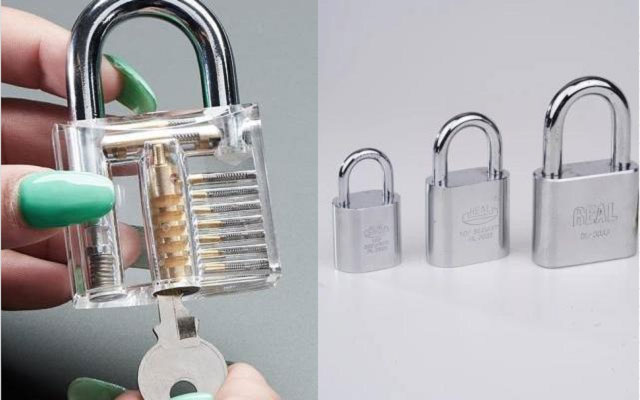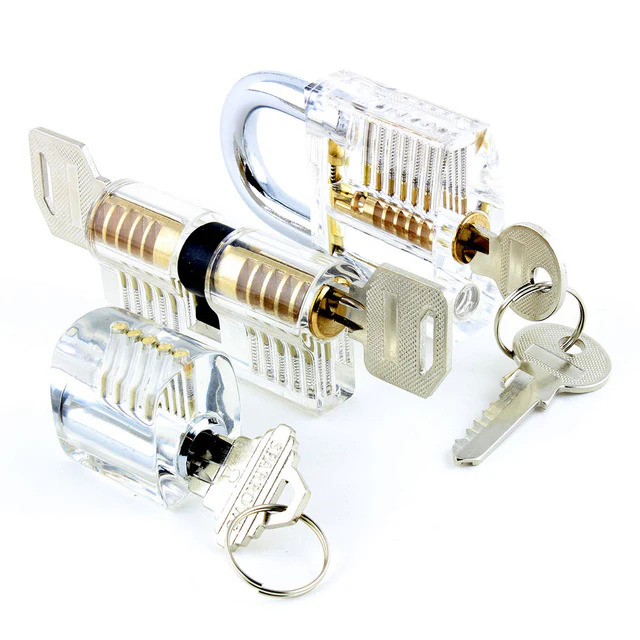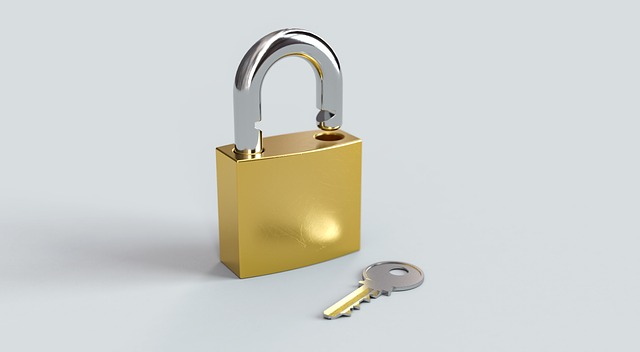Practice Lock vs. Real Lock: Differences and Connections in Lockpicking Skill Training
2025-05-05 17:26

When it comes to lockpicking, aspiring locksmiths, hobbyists, and security professionals often face the dilemma of whether to use practice locks or real locks for their training. Both have their merits, but they serve different purposes in the development of lockpicking skills. This article delves into the differences and connections between practice locks and real locks, exploring their roles in lockpicking training.
Understanding Practice Locks
Practice locks are specially designed tools meant for learning and honing lockpicking skills. They are often made with transparency, allowing the user to see the internal mechanisms of the lock, such as pins, springs, and drivers. This transparency is invaluable for beginners as it provides visual feedback, helping them understand how different picking techniques work in real time.
Practice locks come in various types, including pin-tumbler locks, wafer locks, and tubular locks, each designed to simulate real-world locking mechanisms. These locks are engineered to be forgiving, meaning they have features that make them easier to pick, such as looser tolerances or special features like “gimmes,” which are areas where the pins align more easily than in typical real locks. They may also include features like lockpicking drills or built-in practice dials that assist in developing specific skills. You can buy practice locks at barhomevip.com for a wide variety of training options.

Real Locks: The Ultimate Challenge
Real locks, on the other hand, present a more complex and unpredictable challenge. While practice locks are designed to be relatively straightforward, real locks are crafted with precision, which means they tend to have tighter tolerances, making them more difficult to pick. These locks may vary in manufacturing quality, with some being very high security and others less so, making each experience unique. Real locks also offer no feedback, meaning that the user cannot easily see the internal mechanisms while attempting to pick them.

Training with real locks is critical for those who aim to master lockpicking for practical purposes, such as locksmithing or personal security. Unlike practice locks, real locks are used in real-life scenarios, and being able to open them without damaging the mechanism is an essential skill for professionals. Training with real locks also provides exposure to different types of lock designs, from standard residential locks to high-security locks, making it an important aspect of well-rounded training.
Moreover, real locks are more likely to provide a more accurate representation of how locks behave under real conditions. For example, a high-security lock may have advanced features like anti-picking pins, making it more resistant to picking and requiring more advanced techniques. This provides valuable experience for anyone wishing to move beyond basic lockpicking and into more complex and realistic scenarios.
The Connection Between Practice Locks and Real Locks
Though there are distinct differences between practice locks and real locks, they are not mutually exclusive. In fact, they complement each other in the training process. Practice locks are perfect for building foundational skills. They allow users to familiarize themselves with the techniques of picking and to develop muscle memory. Once basic skills are learned, moving on to real locks is the next natural step.
Training with practice locks helps users understand how different pin configurations feel and behave, while real locks expose users to the unpredictable nature of actual locks. One of the main lessons that practice locks teach is the importance of feeling the pins and mastering tensioning. Once these skills are refined, the user is better prepared for the challenges posed by real locks.
Moreover, real locks teach persistence and patience, as many real-world locks are not as forgiving as practice locks. The user learns to work under pressure, as many lockpicking tasks are performed under time constraints or in stressful conditions. The absence of visual feedback in real locks also forces users to rely more on tactile feedback and intuition, honing their problem-solving skills.
Conclusion
In conclusion, practice locks and real locks each play a vital role in lockpicking training. Practice locks provide a controlled environment where beginners can build their skills without the pressure of complex challenges, while real locks present a more authentic and demanding test of a lockpicker's abilities. By using both in tandem, individuals can develop a solid foundation in lockpicking techniques, which will serve them well in both personal and professional scenarios.
 Promotion: 5% Discount Code: 5vip
Promotion: 5% Discount Code: 5vip